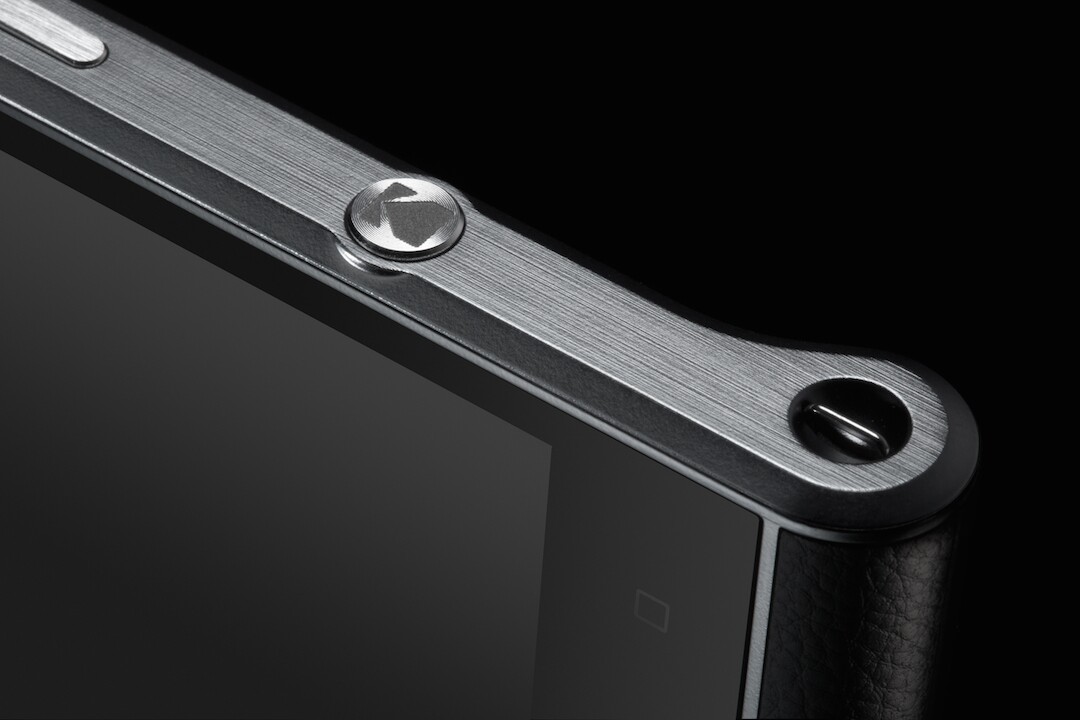It's been a while since anybody called a smartphone a "camera-phone," but photography stalwart Kodak may be breathing new life into the term. The company's first foray into the phone game, the IM5, was essentially Granddad's First Smartphone, but now it's drawn heavily from its history and announced the Ektra, a photo-focused phone with a 21-MP camera, a range of manual modes for setting up a shot, and a detailed editing app for fiddling in post.
While the name stumbles off the tongue a little, avid photographers may recognize the "Ektra" name from Kodak's classic camera of the 1940s. With that title setting up its roots, the Ektra is a camera first and a phone second, right down to the shape and texture of the device and the inclusion of a dedicated, physical shutter button. The hardware itself was developed by Bullitt Group, the company behind the chunky CAT phone.
The main camera boasts 21-MP resolution and an f2.0 aperture, alongside features like phase detection auto focus, HDR and optical image stabilization to make for better shots and 4K video recording. Facing forward, the Ektra's 13-MP selfie cam is closer to the standard for a phone's main camera. On megapixels alone, that main camera is above average but not unheard of: Motorola's Moto X line has had them for a while, and as far as we can tell, the Nokia Lumia 1020's crazy 41-MP camera is still leading the pack.
Continuing the classic theme, the Ektra's camera software is designed with a familiar SLR dial for selecting the mode, complete with some haptic feedback. These modes include HDR, Macro, Sport, Night, Video, Panorama and Bokeh, or a Smart mode that chooses the best settings for each shot. For the more hands-on photographers that the Ektra is targeting, a Manual mode allows them to fiddle with exposure, ISO, focus, white balance and shutter speed.

There are no shortage of ways to adjust the shots in post, either, with a built-in editing app that the company claims is on par, power-wise, with the software you'd usually find on a desktop computer. A Super 8 app overlays photos with nostalgic filters, and the software suite is rounded out by apps to easily share shots on social media or send them off to Kodak to print and deliver to you.
Under the hood, the Ektra runs Android 6.0 (Marshmallow) and is powered by a Helio X-20 Decacore processor, 3 GB of RAM and a 3,000-mAh battery – all fairly mid-range specs. There's 32 GB of storage space on board, but that can be expanded via micro SD cards. Back on the outside, the 5-inch screen displays in 1080p resolution, while the textured finish and camera hump and grip are reminiscent of old SLRs and can be complemented by heritage leather accessories to complete the old school look.
Kodak says the Ektra will be available in Europe before the end of the year for £449 (US$550), but hasn't yet mentioned any price or released dates for other markets.
Source: Kodak








